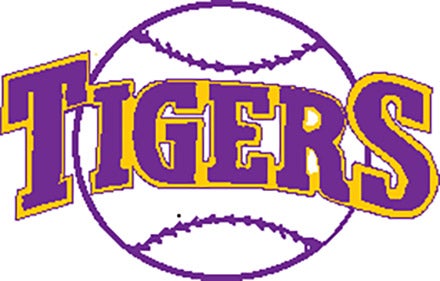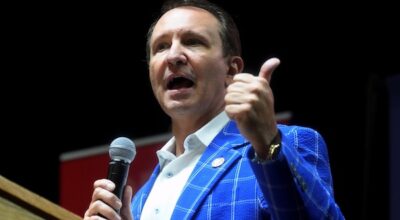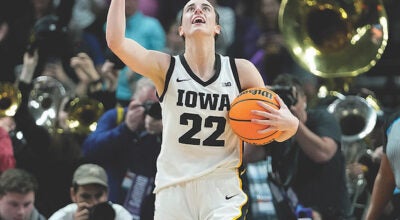NCAA won’t budge on paying college athletes
Published 2:12 pm Monday, September 16, 2013
MILWAUKEE (AP) — The structure of the NCAA could look very different by this time next year as members try to resolve the growing disparity between big-money schools and smaller institutions.
What won’t change, however, is the amateur status of the players who make college athletics a billion-dollar business.
“One thing that sets the fundamental tone is there’s very few members and, virtually no university president, that thinks it’s a good idea to convert student-athletes into paid employees. Literally into professionals,” NCAA President Mark Emmert said Monday at Marquette University. “Then you have something very different from collegiate athletics. One of the guiding principles (of the NCAA) has been that this is about students who play sports.”
Emmert and the NCAA have had a turbulent year, with money the source for most of the discontent. After Heisman Trophy winner Johnny Manziel was investigated for allegedly receiving money for autographs — he was cleared — Time magazine put him on the cover along with the headline “It’s Time to Pay College Athletes.” Oklahoma State is investigating whether rules were broken after a series of Sports Illustrated stories that alleged cash payments to players and academic misconduct.
The NCAA is also facing an antitrust lawsuit from former players who believe they’re owed millions of dollars in compensation.
“(There’s) enormous tension right now that’s growing between the collegiate model and the commercial model,” said Emmert, who spoke as part of Marquette’s “On the Issues” forum. “And, by the way, this is nothing new. This tension has been going on forever and ever. It has gotten greater now because the magnitude of dollars has gotten really, really large.
“The most valuable (television) products are things you have to watch in real time, and that’s sports and ‘Dancing with the Stars,'” he added. “So we’re seeing an explosion in the value of sports media properties and that’s injected a lot of revenue into sports. … That’s led to a lot of the discussion. This whole notion of, first and foremost, treating student-athletes in fair fashion while still maintaining the student-athlete, is at the core of all of this.”
One way to address that would be by allowing athletes to turn pro straight out of high school, Emmert said, something the NBA and NFL don’t allow. Other professions don’t impose an “artificial juncture,” he said, noting that ballet dancers don’t have to take a detour to college before joining a troupe. He also pointed to baseball’s two-track model.
Players can turn pro out of high school. If they choose to go to college, however, they must stay until after their third year or they turn 21.
“It’s a dynamic tension that we really need to work on because it’s at heart of part of what talking about here,” he said. “Why would we want to force someone to go to school when they really don’t want to be there? But if you’re going to come to us, you’re going to be a student.”
While there may not be interest in paying players, the NCAA’s Division I Board of Directors has twice approved a rules change that would allow schools to give athletes a stipend to cover expenses not covered by their scholarship — clothes, travel, meals out with their friends. But the full membership has overridden it, with some smaller schools saying they were not interested or did not have the money to pay stipends.
That divide between the large and small schools is part of the greater debate on the NCAA’s governance structure. Commissioners from the most powerful conferences and big-market schools have called for an overhaul, and Emmert said the board plans to begin discussions at its meeting next month. Then, at the NCAA’s national convention, there will be a day-and-a-half forum that will give the entire membership a chance to formulate options.
The board hopes to adopt proposals at its meeting next April, then have a special meeting for the full membership next summer.
“That could involve bringing all 350 members of Division I together and having every school vote on it,” Emmert said. “It’ll be a bit like a constitutional convention.”
While there has been talk the largest schools could form their own “super division,” no one is threatening to leave the NCAA, Emmert said. All of the schools — large and small — want to take part in March Madness, along with the other championships staged by the NCAA, and no one wants to jeopardize that.
But there are fundamental differences that have to be sorted out, Emmert said.
“They’re having a really hard time finding common interests,” he said.
NCAA President Mark Emmert. (Associated Press)




